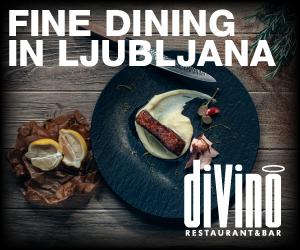Pumpkin carving more than just Halloween fun
The carving of plump pumpkins around Halloween may seem like a recent phenomenon in Slovenia. And while it is true that this is a core part of a holiday imported just recently from the United States, perhaps the reason why it has become so deeply entrenched is that Slovenia has a long pumpkin carving tradition of its own.
The regions of Prlekija and Slovenske Gorice are well known for growing pumpkins for animal fodder and seed oil, and this is where pumpkin carving goes back generations, according to Jelka Pšajd, an ethnologist specialising in local customs and traditions in Slovenia's east.
"Older generations remember hollowing out pumpkins and putting a lit candle inside at the entrance of the home," she told the Slovenian Press Agency. They would do that not in October but on 13 December, the day of St. Lucy.
This custom, Pšajd explained, is rooted in pre-Christian beliefs and highlights the symbolic power of light. "This now forgotten tradition had a deeper meaning: people hoped to protect themselves from darkness."
Although Halloween as we know it today stems from Celtic customs, where people marked the shift to the year's darker half with symbolic gatherings of the living and dead, Pšajd noted that its present form in Slovenia reflects the influence of American commercialization.
Today, Halloween in Slovenia has increasingly come to include costumes and decorations such as ghosts, witches, and cobwebs, often displayed outside homes. However, Pšajd encourages people to reflect critically on this new custom.
"Isn't it interesting how we picture our deceased ancestors? As witches, vampires, and zombies?" She stressed that the Halloween now celebrated in Slovenia "has almost nothing in common with the original beliefs. The connection to the deceased is lost, it's mostly about entertainment without deeper meaning."
Rather than on Halloween, Slovenians remember their dead on All Saints' Day on 1 November, a day when people will visit the final resting sites of their loved ones after having carefully cleaned and decorated the graves.
For Pšajd, Slovenia's growing embrace of Halloween raises profound questions about how such foreign traditions may affect the country's cultural identity. "The modern Halloween celebration doesn't only overshadow local customs, it also influences attitudes toward Slovenian cultural heritage," she said.



